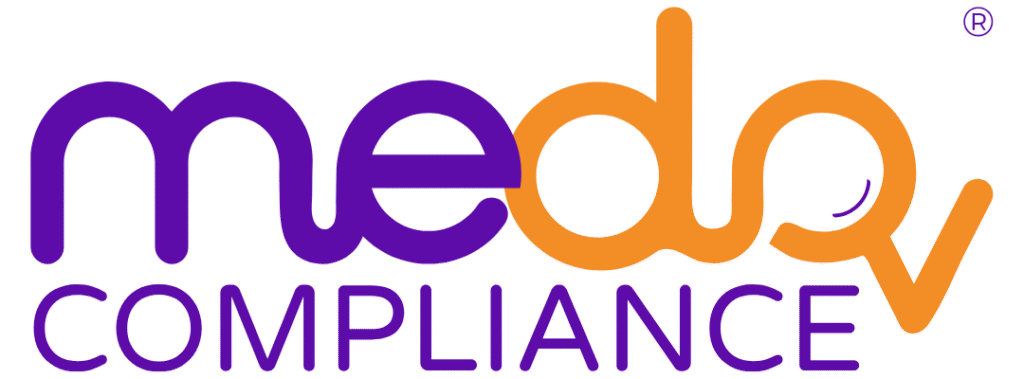FDA AI-Enabled Device Software Guidance
January 2025
The Food and Drug Administration (FDA) has released a draft guidance document outlining recommendations for the lifecycle management and marketing submissions of Artificial Intelligence-Enabled Device Software Functions (AI-DSFs). This guidance, aimed at industry stakeholders, emphasizes a comprehensive Total Product Lifecycle (TPLC) approach to ensure the safety, effectiveness, and equity of AI-enabled devices.
Key Highlights of the Guidance
1. Total Product Lifecycle (TPLC) Approach
- Focuses on integrating safety and effectiveness measures throughout the device lifecycle—from development to postmarket monitoring.
- Promotes transparency and mitigates bias to ensure devices perform effectively across diverse populations.
2. Marketing Submission Requirements
The FDA recommends including the following in marketing submissions:
- Device Description: Comprehensive details about AI’s role in achieving the device’s intended purpose, including its inputs, outputs, and clinical workflow.
- Performance Validation: Data showcasing device effectiveness and subgroup analyses to address demographic variability.
- Risk Management File: Identification and mitigation of AI-specific risks such as data drift and algorithmic bias.
3. Addressing Transparency and Bias
- Calls for user-friendly interfaces to enhance device transparency, enabling users to understand how AI models generate outputs.
- Suggests incorporating a model card in labeling to provide essential details about the AI model, its performance, and known limitations.
4. Change Control and Postmarket Monitoring
- Encourages using a Predetermined Change Control Plan (PCCP) to facilitate updates and improvements without new FDA submissions.
- Advocates for robust performance monitoring to detect and address data drift and other postmarket challenges.
5. Quality System Integration
- Aligns with FDA’s Quality System (QS) regulations to ensure comprehensive design and risk management processes are followed.
6. Data Management and Validation
- Stresses the importance of using diverse, representative datasets during training and validation to prevent biases and ensure applicability across the intended user population.
7. User-Centered Labeling
- Recommends clear, accessible labeling that includes:
- The role of AI in the device.
- Device limitations and performance metrics.
- Instructions tailored to patients, caregivers, and healthcare providers.
Implications for Developers
This draft guidance reflects the FDA’s evolving approach to regulating AI in medical devices. By adhering to these recommendations, developers can:
- Enhance user trust through improved transparency.
- Mitigate risks associated with algorithmic bias and performance variability.
- Streamline future updates via PCCPs.
The FDA is inviting public comments on the draft guidance through Regulations.gov within 90 days of publication. Early engagement with the FDA is also encouraged for manufacturers seeking clarity on novel AI-enabled technologies.
Stay ahead with Regulatory Insights
Our team is committed to helping industry professionals navigate the complexities of AI in medical devices. Visit our website for more updates and resources on regulatory compliance and contact us for regulatory clearance of your AI-enabled device.
